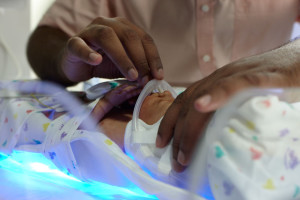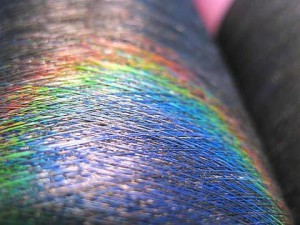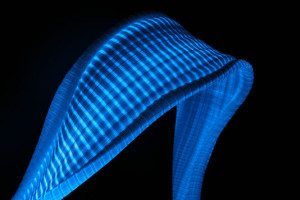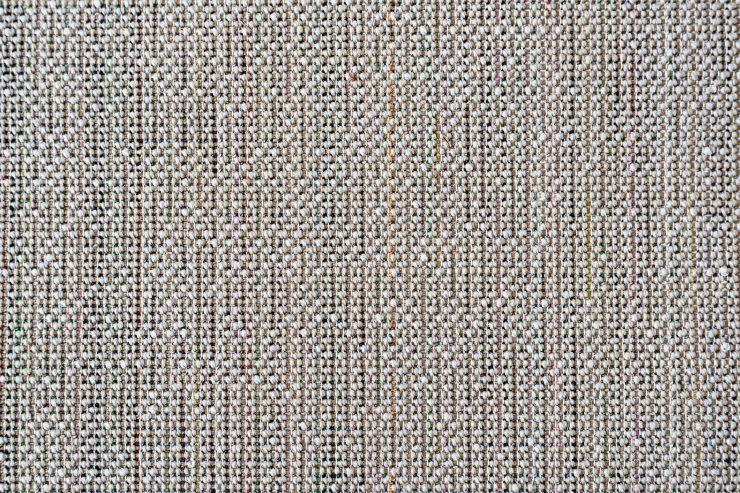Intro : The pursuit of better life quality and a longer life expectancy are some of the promises enabled by the apparition of biotechnologies. What if Fashion Tech had a word on the topic? We are not talking about monitoring textiles (that helps measure your physical condition and activities as CityZen Sciences do), but about healing textiles that helps recovery!
Let’s start this overview with a very specific blanket invented by Philips and called Bilirubin blanket. The Dutch company thought about integrating blue LEDs inside of a plaid. Why? This kind of light treats baby jaundice, by destroying bilirubine, responsible for the yellow color of sick babies. The blanket also allows to cover the baby in a uniform way, increasing the efficiency of the treatment. But this item has also 2 others main benefits: first, it reassures parents that are already used to such blankets, but also reduce infections risks for healthcare personnel.

In another niche, a textile from a Lorraine-based French company called HT Concept. Its goal? Optimize sport performances, by integrating active principles allowing quick recoveries. This material, made with ceramic polyurethane, transmits infrared waves, known to better blood circulation, reduce cramps and eliminate external toxins. A wonderful made-in-France project, rewarded by a first place at the concours Lépine in 2011.
In the USA and elsewhere, other actors are also working on this topic. It is the case of CSIRO (the Australian Research Organization) which invented a new kind of bandage that eases infection detections and foster wound healing.

In case of chronic wounds (such as for diabetes or ulcers), the bandage, made with thermos-chromic fibers), change colors as the skin temperature rise. This rise is one of the main symptoms for infections. Diagnoses are faster and more reliable for doctors, while being less invasive for patients, resulting on a reduction of health complications. Many other laboratories, such as MIT, are working on similar concepts.
Some others are going further: Reza Abdi, associated professor in medicine at Harvard, develops a smart bandage that monitors acid ph and oxygen rates in the wound, but also releases drugs on-demand, fostering the healing. All this is possible thanks to micro capsules filled with drugs layered on hydrogel and empowered with electronic transceivers.

Textiles for healing, here is also the credo for a team a researchers from INSERM (Institut national de la santé et de la recherche médicale) & ENSAIT (Ecole nationale supérieure des arts et industries textiles). They innovate with a textile increasing the efficiency of phototherapies, mostly used in cancer treatments. By mixing optical fibers with traditional ones, their clothes lead to a more efficient healing thanks to a better repartition of light in order to treat cancerous cells from skin and tissues around the heart, lungs and pleura.
Finally, some even try to re-invent the definition of textile itself: a team of researchers from Toronto developed human cell-based textiles that could be 3D printed in order to help the recovery of serious burn victims.
Rewarded with the James Dyson Awards program in 2014, the team continues its work between textile, new 3D printing solutions and biotechnologies.
The Look Forward Perspective
A lot of unbelievable perspectives thanks to these numerous projects that want to reinvent how we heal ourselves. Less invasive, more connected and more efficient, smart textiles definitely have a role to play!
For the moment, most of those innovations are made through laboratories funded by public institutes, and we are looking forward to see private companies tackle these problems (even if commercialization will be the tricky part!)
